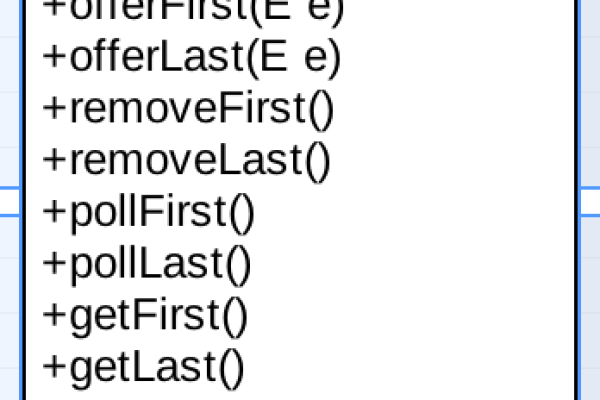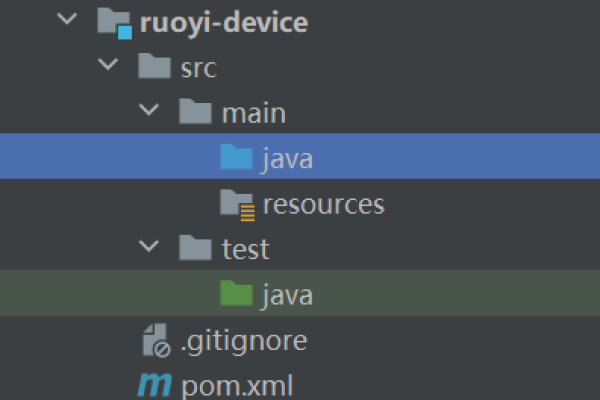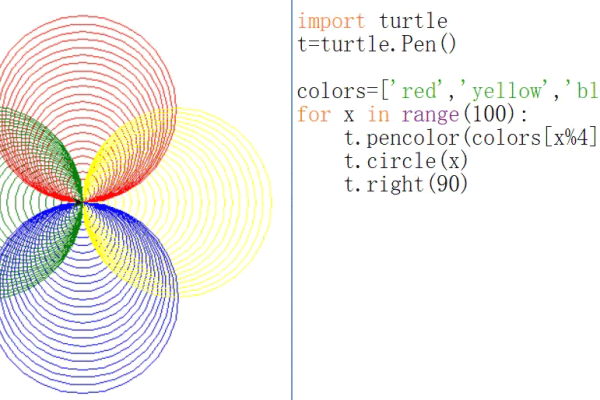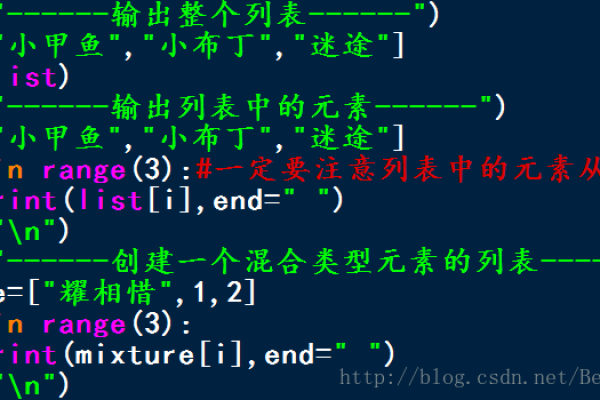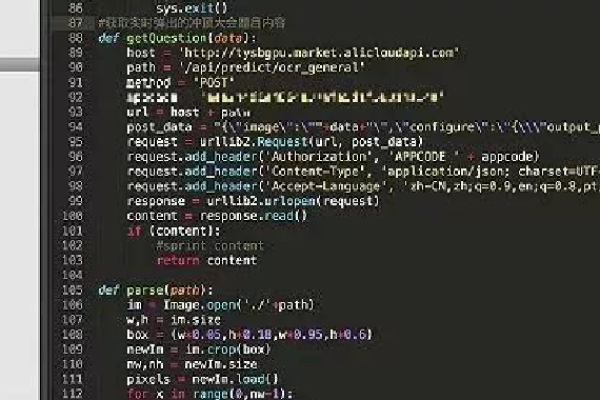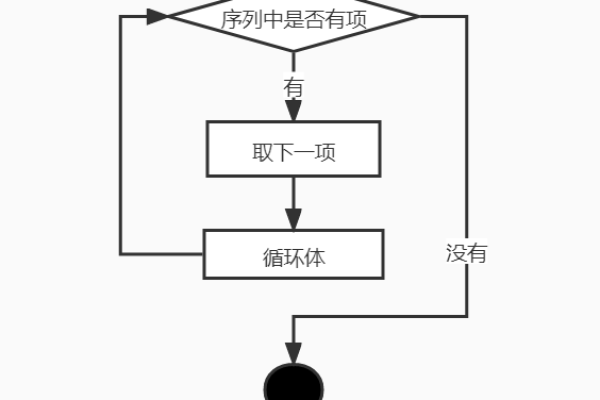python中sort函数的用法讲解
- 行业动态
- 2024-05-22
- 3
Python中sort函数用于对列表进行排序,默认升序排列。可指定参数实现降序或自定义排序规则。
在Python中,sort()函数用于对列表进行排序,它有两种用法:

1、升序排序(默认)
2、降序排序

以下是详细的用法说明:

升序排序(默认)
创建一个列表 numbers = [3, 1, 4, 1, 5, 9, 2, 6, 5, 3, 5] 使用sort()函数对列表进行升序排序 numbers.sort() 输出排序后的列表 print(numbers)
降序排序
创建一个列表 numbers = [3, 1, 4, 1, 5, 9, 2, 6, 5, 3, 5] 使用sort()函数对列表进行降序排序,并设置reverse参数为True numbers.sort(reverse=True) 输出排序后的列表 print(numbers)
自定义排序规则
创建一个列表,包含元组,每个元组包含两个元素:姓名和年龄
students = [("张三", 18), ("李四", 20), ("王五", 19), ("赵六", 18)]
使用sort()函数对列表进行排序,根据年龄进行升序排序,如果年龄相同,则根据姓名进行升序排序
students.sort(key=lambda x: (x[1], x[0]))
输出排序后的列表
print(students)
